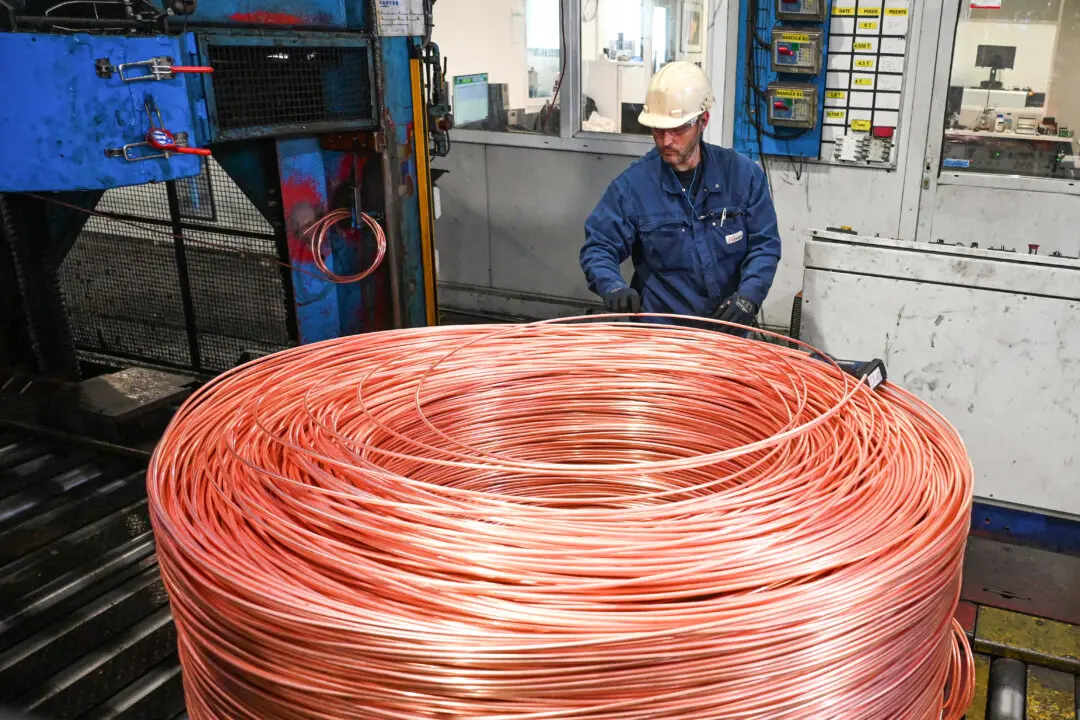Despite the U.S. economy being projected to grow around 2 percent in the fourth quarter, new Federal Reserve Bank of Philadelphia data show that half the country is not recording any growth, and other states are barely expanding.
The regional central bank recently published the November Coincident Economic Activity Indexes for all 50 states, using four key indicators: non-farm payroll employment, the unemployment rate, average hours worked in manufacturing, and wages and salaries.





